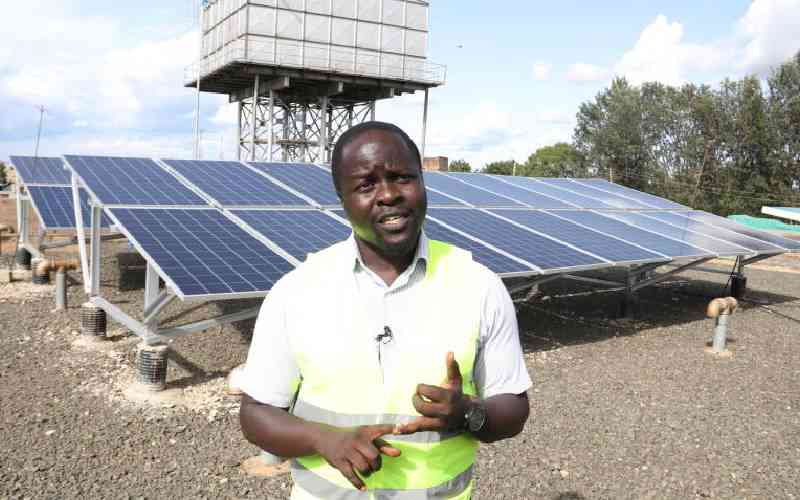×
The Standard e-Paper
Home To Bold Columnists

Jane Akinyi, a resident of Nyandiwa in Homa Bay County, is a happy woman.
She lives not far from from Lake Victoria, one of the largest fresh-water lakes in the world, but like other residents, she, for years, forced to toil to get clean and safe water for the family.